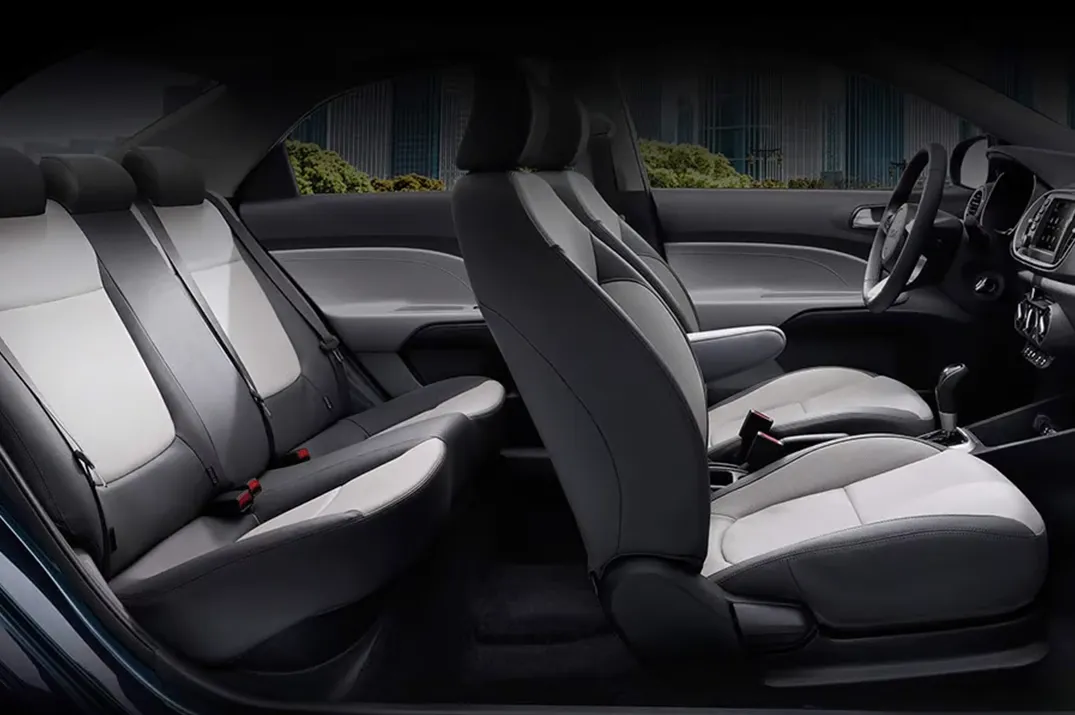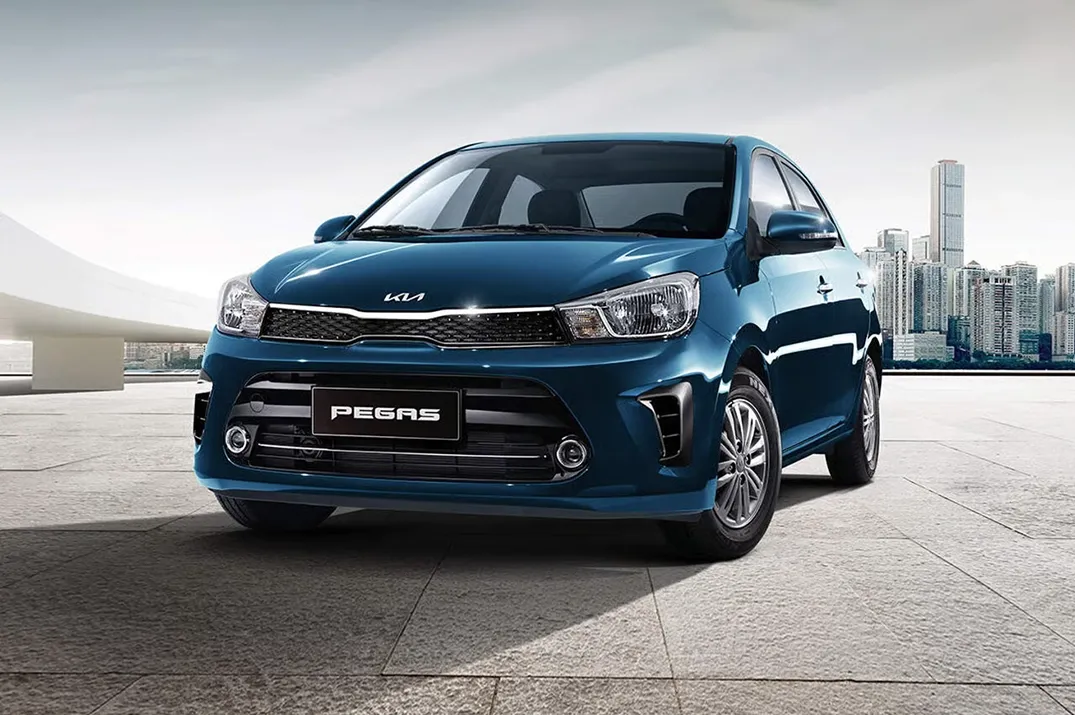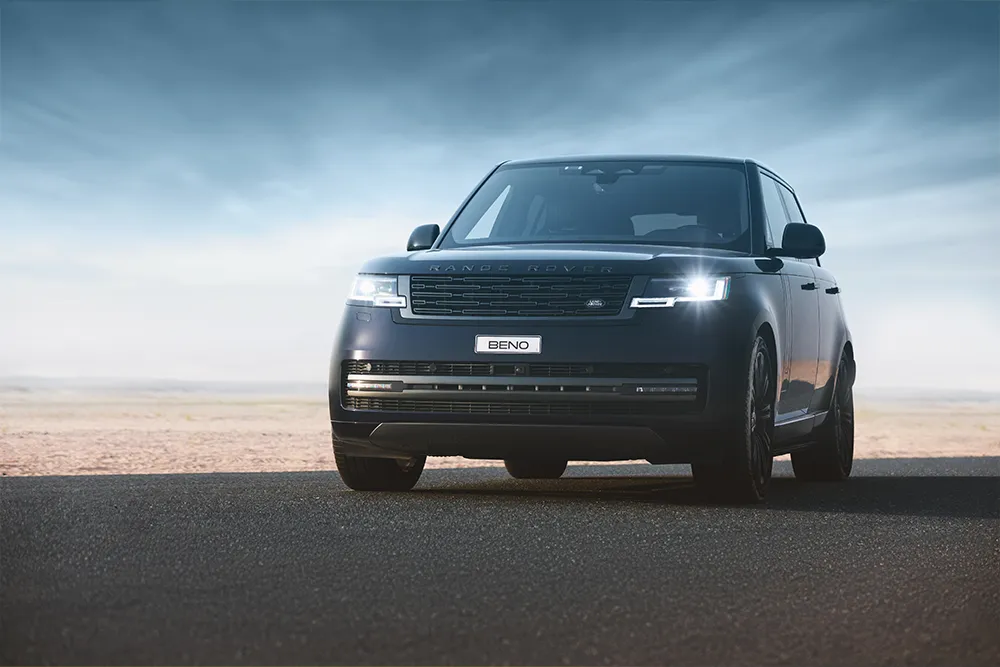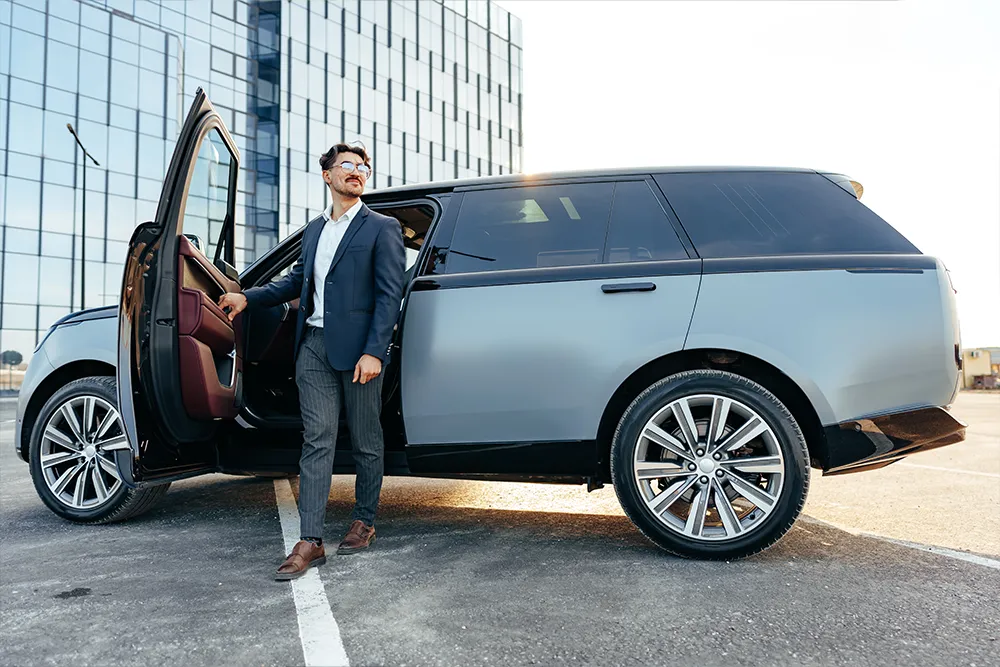The Kia Pegas is a budget-friendly compact sedan that has gained popularity in markets like the UAE for rentals and daily commutes. But how safe is it?
In this blog, we explore Kia Pegas safety ratings, break down its safety features, explain technical terms like ABS and ISOFIX, and compare it with other Kia models that have achieved higher safety standards. You’ll also learn about the child safety rating, real-world performance in Dubai rentals, and answers to common questions like Which Kia car has a 5-star safety rating? And what Kia has the most airbags?
The Kia Pegas Safety Rating
The Kia Pegas safety ratings have been tested by Global NCAP (New Car Assessment Programme). In 2024 crash tests for African markets, the Pegas received:
- 2 stars for adult occupant protection
- 4 stars for child occupant protection
The Kia Pegas is safer for children than adults, with concerns about its structural stability in serious crashes. According to NCAP reports, most modern compact sedans average between 3 and 5 stars, meaning the Pegas ranks on the lower end for adult protection.

Kia Pegas Safety Features
The Pegas comes equipped with several active and passive safety features:
Dual front airbags – for driver and passenger.
ABS (Anti-lock Braking System) - prevents wheels from locking during hard braking, allowing the driver to maintain steering control.
EBD (Electronic Brakeforce Distribution) - balances braking power between front and rear wheels for shorter, safer stops.
ISOFIX child seat anchors - ensure secure child seat installation.
Electronic Stability Control (ESC) - helps maintain stability during sudden maneuvers.
Rearview camera + Parking Distance Control (PDC).
Hill-start Assist Control (HAC) - prevents rollback on inclines.
Tyre Pressure Monitoring System.
In the UAE, added safety kits often include:
- Speed-sensing auto door locks.
- Fire extinguisher & First aid kit.
These active systems (like ABS and ESC) help avoid accidents, while passive features (like airbags and ISOFIX) reduce injury if a collision occurs.
Kia Pegas Safety Performance
The Pegas’ safety performance has two sides:
Child safety is strong – scoring 4 stars in Global NCAP, thanks to ISOFIX anchors and seatbelt integrity.
Adult safety is limited – with a 2-star rating, the main issue is the unstable cabin structure, which can compromise protection in high-impact crashes.
In Dubai, a family renting the Pegas for city use can feel reassured about child seat compatibility. However, on highways like Sheikh Zayed Road, where higher speeds are common, the limited adult protection may be a concern compared to larger Kia sedans or SUVs.
Kia Pegas Child Safety Rating
The Pegas performs better for younger passengers:
Yes, the Kia Pegas is a safe option for families with children, but it is less ideal for adults in severe collisions.
Which Kia Car Has a 5-Star Safety Rating?
Several Kia models have achieved the coveted 5-star rating:
Kia Sportage (Euro NCAP 2015): Received a full 5-star safety rating.
Kia K5/Optima (IIHS, USA): Earned a “Top Safety Pick+” designation.
The Kia Sportage and Kia K5 are among the Kia models with the best safety ratings.
The Safest Kia Car
The safest Kia cars are generally higher-end models equipped with advanced safety tech and multiple airbags. The Kia K5, Sportage, and Sorento consistently rank high in crash tests. The Kia K5 and Sportage are considered the safest Kia models.
Which Kia Has the Most Airbags?
The number of airbags varies by model:
- Kia Pegas: 2 airbags.
- Kia Seltos (higher trims): up to 6 airbags.
- Kia Sorento: multiple airbags, including curtain airbags.
The Kia Sorento and top-trim Kia Seltos offer the most airbags.
Kia Pegas Rental Dubai – Is It Safe?
For those considering a Kia Pegas rental in Dubai, here’s what to expect:
- Ideal for city driving – compact size, rear camera, ABS, and EBD make it practical.
- Family-friendly – ISOFIX anchors boost child safety.
- Budget-friendly – one of the cheapest rental sedans in Dubai.
- Limitations: Only 2 airbags, weaker crash structure at high speeds.
Many tourists in Dubai choose the Pegas for affordable urban travel. However, expats often prefer larger Kia SUVs for long-distance trips between emirates, due to higher safety ratings.
Kia Pegas Safety – Pros and Cons
Pros:
- Child safety rated 4 stars.
- Equipped with essential safety features (ABS, EBD, ESC, ISOFIX).
- Affordable rental and purchase costs.
Cons:
- Only 2 airbags.
- 2-star adult crash safety rating.
- Structural instability in high-speed crashes.

The Kia Pegas safety review shows that it performs better in child protection than adult protection. Its safety features, like ABS, EBD, ESC, and ISOFIX, add value, especially for budget rentals in Dubai. However, with only two airbags and a lower crash test rating, it lags behind Kia’s safest models, such as the Sportage or K5.
If you’re looking for an affordable city car, the Pegas is practical and child-safe. But if top-tier safety is your priority, consider higher Kia models with 5-star ratings and 6 airbags.
FAQs
- Is the Kia Pegas safe for long drives in the UAE?
It’s safe for city commutes but not ideal for high-speed, long drives due to its weaker structural safety.
- Does the Kia Pegas have rear airbags?
No, it only comes with 2 front airbags.
- Is the Kia Pegas good for families?
Yes, it’s family-friendly thanks to ISOFIX anchors and a strong child safety rating.
- Which Kia car is the safest overall?
The Kia K5 and Sportage are among the safest models.
- Is the Kia Pegas the cheapest safe rental in Dubai?
Yes, it is one of the most affordable rental sedans, offering a balance of cost and basic safety features.








